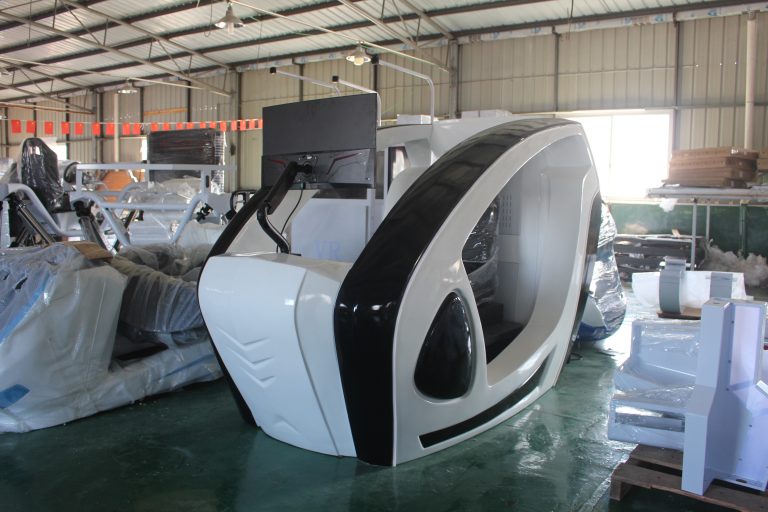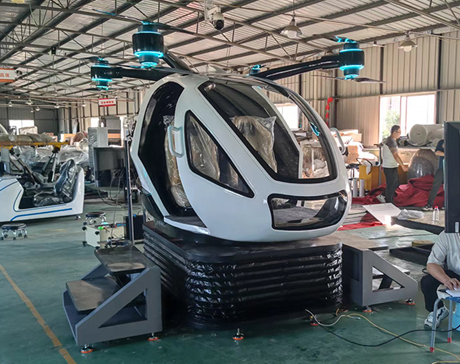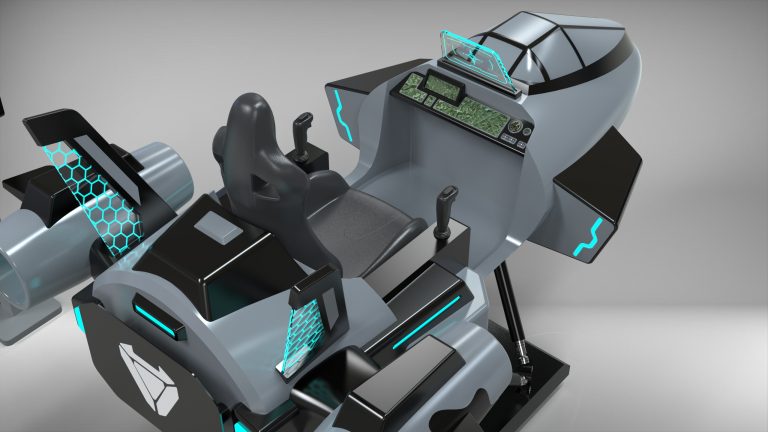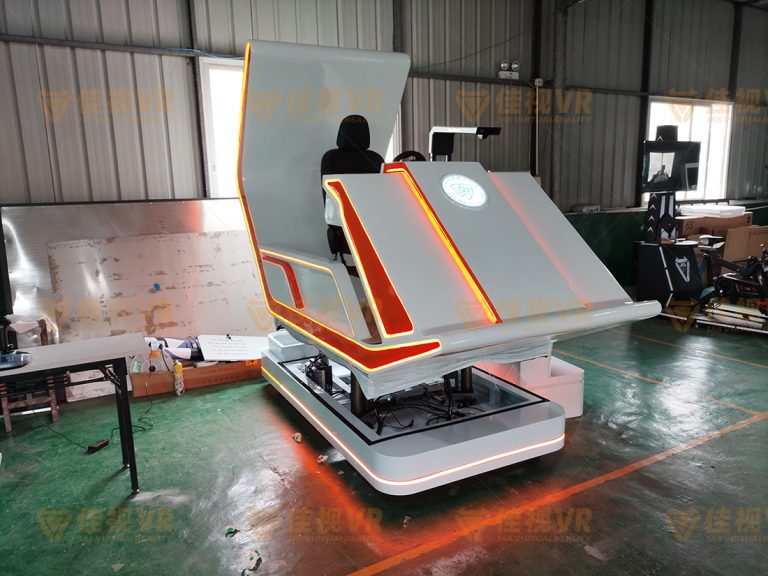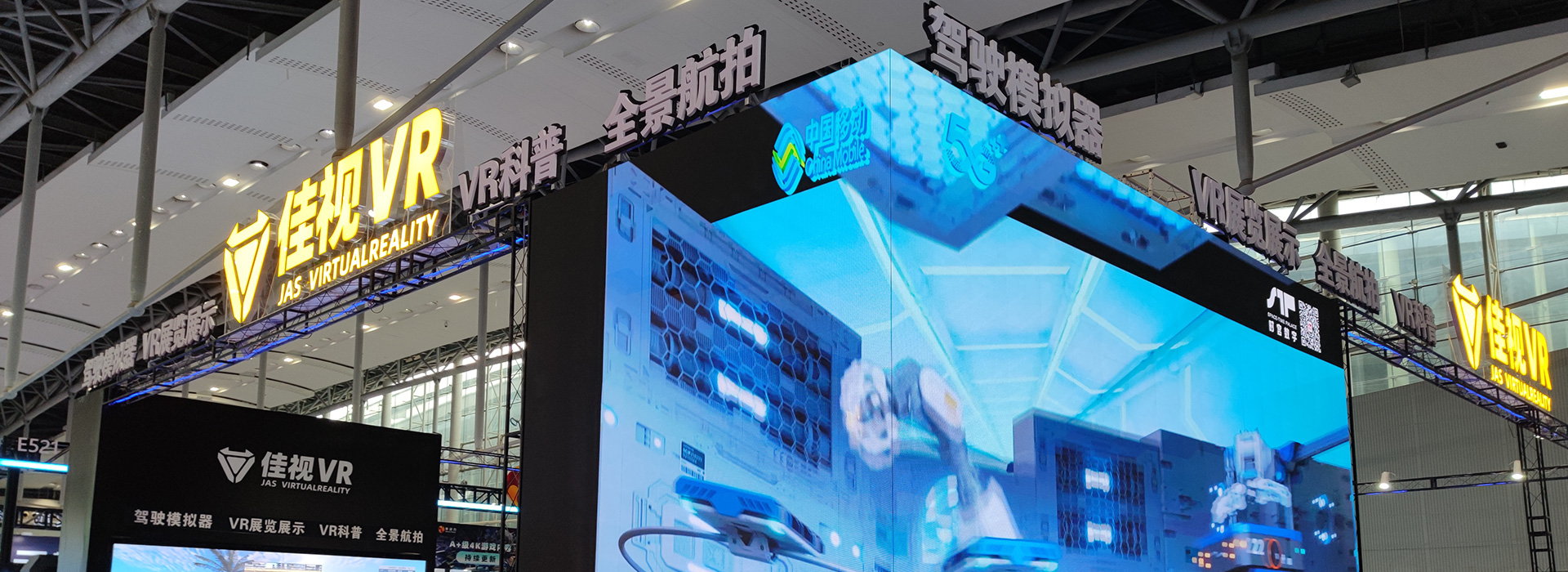
The Advantages of a Six-Axis Motion Car Simulator Platform
With the rapid development of virtual reality (VR) technology and simulation technology, car simulators have become essential tools in fields such as automotive design, driving training, and gaming entertainment. Among these, the six-axis motion car simulator platform stands out as a leader in the industry due to its high precision, immersive experience, and multi-degree-of-freedom motion simulation capabilities. This article will comprehensively analyze the advantages of the six-axis motion car simulator platform from multiple perspectives, including technical principles, application scenarios, user experience, and technological innovation.
I. The Technical Principles of a Six-Axis Motion Car Simulator Platform
A six-axis motion car simulator platform is a device based on multi-degree-of-freedom motion simulation technology. Its core technology lies in the “six degrees of freedom” (6DOF) motion system. The six degrees of freedom include three translational degrees of freedom (forward/backward, left/right, up/down) and three rotational degrees of freedom (pitch, yaw, roll). Through precise mechanical structures, sensors, and control systems, the six-axis motion car simulator can simulate various dynamic changes that occur during real vehicle operation, such as acceleration, deceleration, turning, bumps, climbing, and diving.
A typical six-axis motion car simulator platform consists of the following core components:
- Motion Platform: Equipped with high-precision hydraulic or electric drive systems, it can achieve six degrees of freedom in motion.
- Control System: Through computers and software algorithms, it controls the motion platform in real time to simulate the dynamic behavior of a vehicle.
- Visual System: Combined with VR technology or high-resolution displays, it provides a realistic driving environment.
- Feedback System: Includes force-feedback steering wheels, seat vibrations, sound systems, etc., to enhance immersion.
- Sensor System: Used to monitor the vehicle’s motion state and environmental changes in real time.
Through the coordinated operation of these core technologies, the six-axis motion car simulator platform can provide users with a highly realistic driving experience.
II. The Advantages of a Six-Axis Motion Car Simulator Platform
1. High-Precision Motion Simulation
The greatest advantage of a six-axis motion car simulator platform lies in its high-precision motion simulation capabilities. Through the six-degree-of-freedom motion system, it can accurately simulate various dynamic changes that occur during real vehicle operation, including:
- Vehicle Dynamics: Simulating the acceleration, deceleration, turning, and braking characteristics of a vehicle.
- Road Condition Simulation: Simulating bumps, vibrations, dives, and climbs on different road surfaces.
- Environmental Simulation: Simulating the effects of weather conditions such as wind, rain, and snow on the vehicle.
This high-precision motion simulation capability enables the six-axis motion car simulator platform to provide highly realistic experiences in driving training, automotive testing, and gaming entertainment.
2. High Immersion
The six-axis motion car simulator platform combines VR technology, high-resolution displays, force-feedback steering wheels, and other devices to provide users with a highly immersive driving experience. Users not only experience a realistic driving environment through visual feedback but also feel the dynamic response of the vehicle through the motion platform’s movements and force-feedback devices. This high level of immersion makes the six-axis motion car simulator platform highly valuable in gaming entertainment, driving training, and other fields.
3. Diverse Application Scenarios
The six-axis motion car simulator platform has a wide range of application scenarios, including but not limited to:
- Driving Training: Used in driving schools to help students practice driving skills in a safe environment and familiarize themselves with various driving scenarios.
- Automotive Testing: Used by car manufacturers and research institutions to test vehicle performance, handling, and safety.
- Gaming Entertainment: Used in racing games, driving games, and other entertainment scenarios to provide users with realistic driving experiences.
- Virtual Test Drives: Used in car sales and exhibitions to allow users to experience the driving feel of different vehicle models through the simulator.
This diversity of application scenarios makes the six-axis motion car simulator platform highly valuable in multiple industries.
4. High Safety
The six-axis motion car simulator platform provides users with a safe and controllable driving environment. Compared to real driving, the simulator eliminates risks such as traffic accidents and road hazards while also simulating extreme driving scenarios (such as high-speed driving, emergency braking, and sudden evasive maneuvers) to help users improve their driving skills and response capabilities.
5. High Cost-Effectiveness
Compared to real driving training and vehicle testing, the six-axis motion car simulator platform offers significant cost advantages. It reduces vehicle wear and tear, fuel consumption, and maintenance costs while avoiding the economic losses caused by traffic accidents. Additionally, the simulator improves training efficiency and reduces training time, further lowering training costs.
6. Customizable
The six-axis motion car simulator platform is highly customizable and can be tailored to meet user needs. For example:
- Vehicle Types: It can simulate different types of vehicles (such as sedans, SUVs, race cars, trucks, etc.).
- Driving Environments: It can simulate different driving environments (such as city roads, highways, mountain roads, racetracks, etc.).
- Driving Scenarios: It can simulate different driving scenarios (such as normal driving, emergency situations, extreme weather, etc.).
This customizability allows the six-axis motion car simulator platform to meet the needs of different users and provide personalized experiences.
7. Technological Innovation
The six-axis motion car simulator platform continuously innovates in technology, adopting advanced hydraulic or electric drive systems, high-precision sensors, high-performance computers, and software algorithms to ensure the accuracy and stability of motion simulation. Additionally, it integrates the latest VR technology, artificial intelligence technology, and big data technology to further enhance user experience and functionality.
8. Environmentally Friendly and Energy-Efficient
Compared to real driving training and vehicle testing, the six-axis motion car simulator platform offers significant environmental advantages. It reduces fuel consumption and tailpipe emissions, minimizing its impact on the environment. Additionally, the simulator reduces road wear and traffic congestion, further lowering its negative impact on the environment.
9. Easy to Operate and Maintain
The six-axis motion car simulator platform is designed with a modular structure, making installation, operation, and maintenance very convenient. It also features remote monitoring and diagnostic systems to monitor the device’s operational status in real time, identify and resolve issues promptly, and ensure the device’s stability and reliability.
10. Superior User Experience
The six-axis motion car simulator platform provides a superior driving experience through high-precision motion simulation, realistic visual effects, authentic force feedback, and sound effects. It can also adjust the simulator’s parameters and settings based on user needs and preferences to provide a personalized experience.
III. The Application Prospects of a Six-Axis Motion Car Simulator Platform
With the rapid development of virtual reality technology, artificial intelligence technology, and big data technology, the application prospects of the six-axis motion car simulator platform are very broad. In the future, it will play a greater role in the following areas:
- Intelligent Driving: Used for testing and validation of intelligent driving technologies, helping research institutions develop safer and smarter driving systems.
- Autonomous Driving: Used for testing and validation of autonomous driving technologies, helping research institutions develop more reliable and efficient autonomous driving systems.
- Racing Sports: Used for training and testing in racing sports, helping drivers improve their driving skills and response capabilities.
- Gaming Entertainment: Used in racing games, driving games, and other entertainment scenarios, providing users with realistic driving experiences.
- Virtual Test Drives: Used in car sales and exhibitions, allowing users to experience the driving feel of different vehicle models through the simulator.
IV. Conclusion
The six-axis motion car simulator platform, with its high precision, immersive experience, diverse application scenarios, high safety, and cost-effectiveness, has become an essential tool in driving training, automotive testing, and gaming entertainment. With the continuous development of technology, it will play an even greater role in intelligent driving, autonomous driving, racing sports, and gaming entertainment, providing users with more realistic and safer driving experiences. In the future, the six-axis motion car simulator platform will continue to drive the development of virtual reality technology and simulation technology, bringing more innovation and value to human society.

